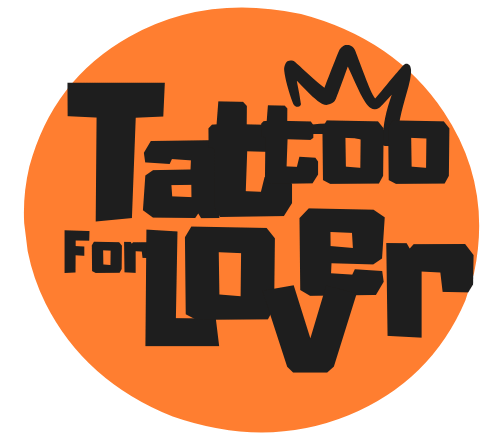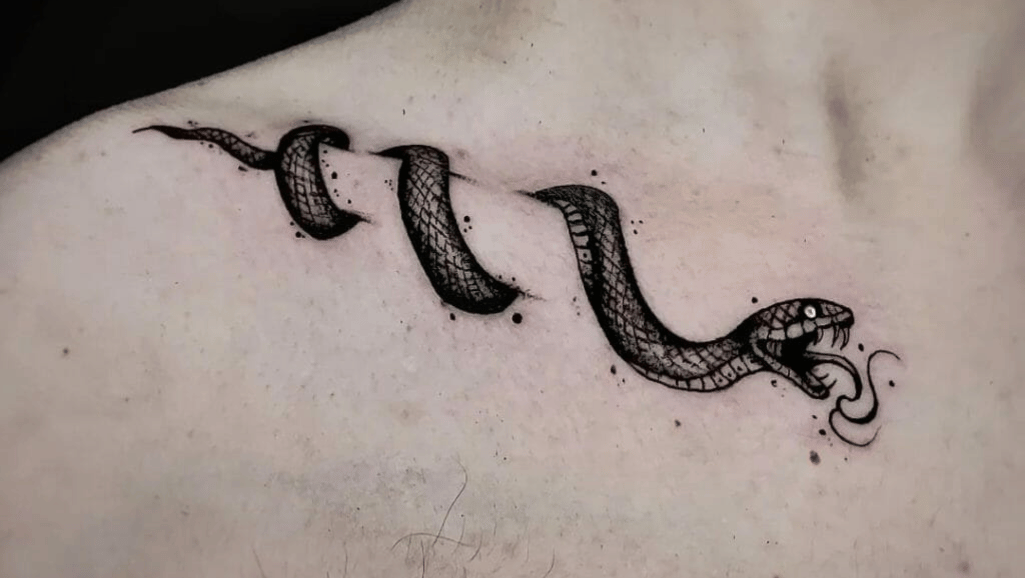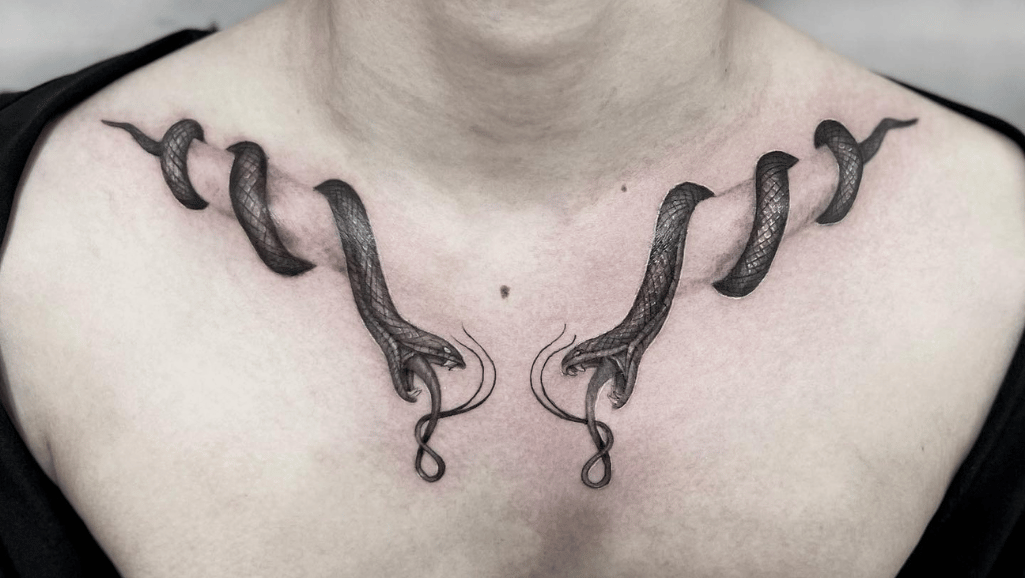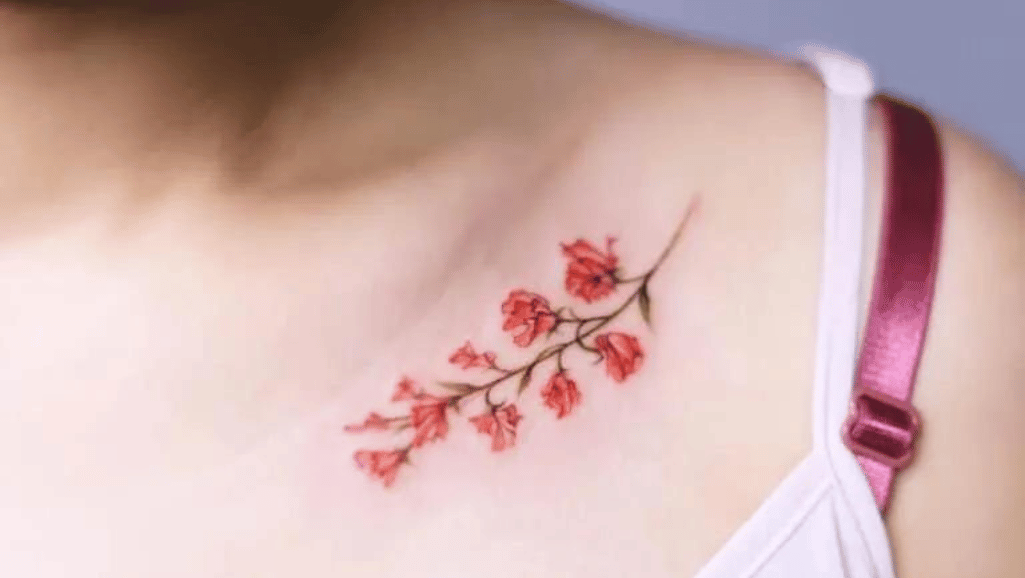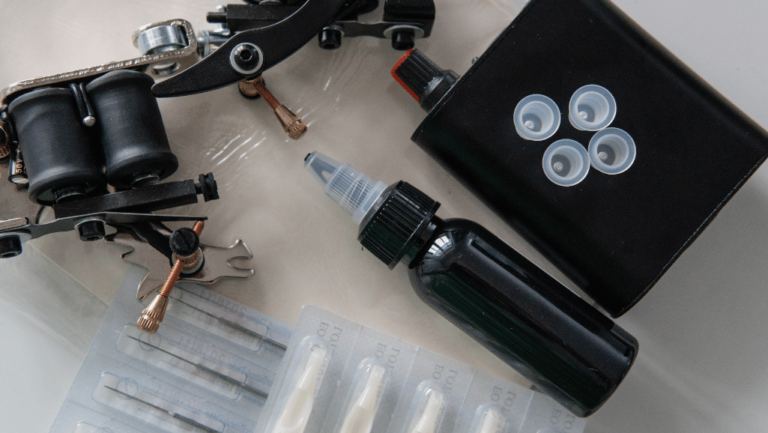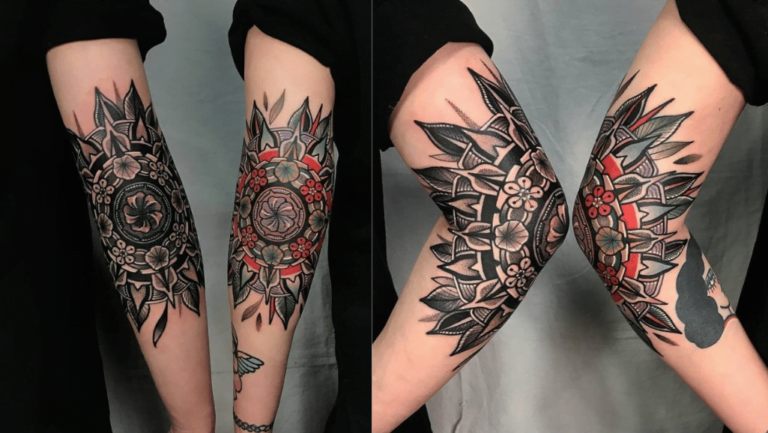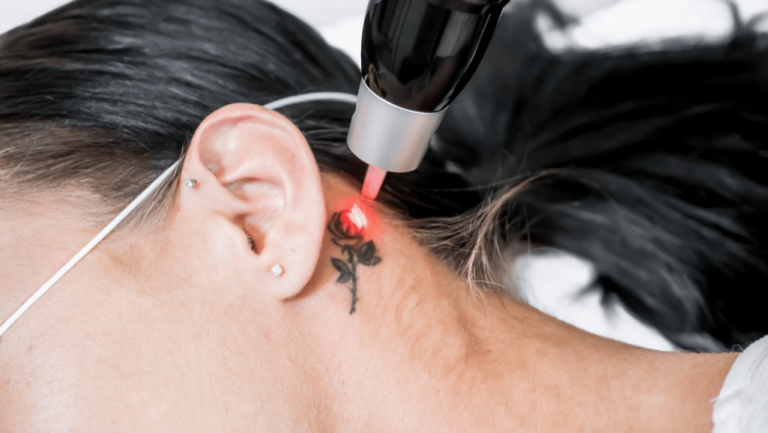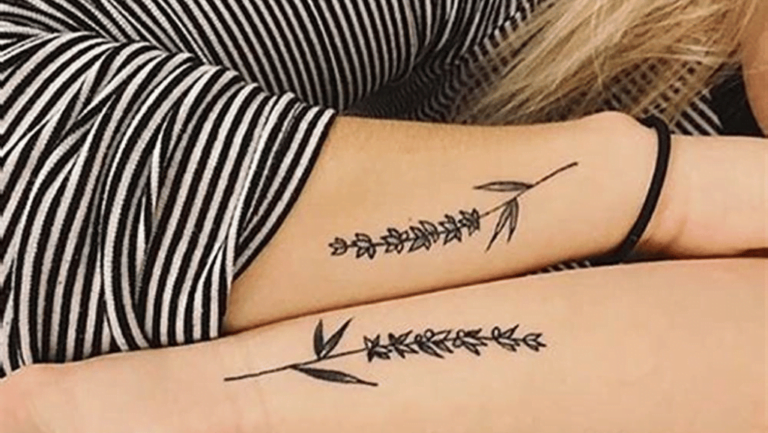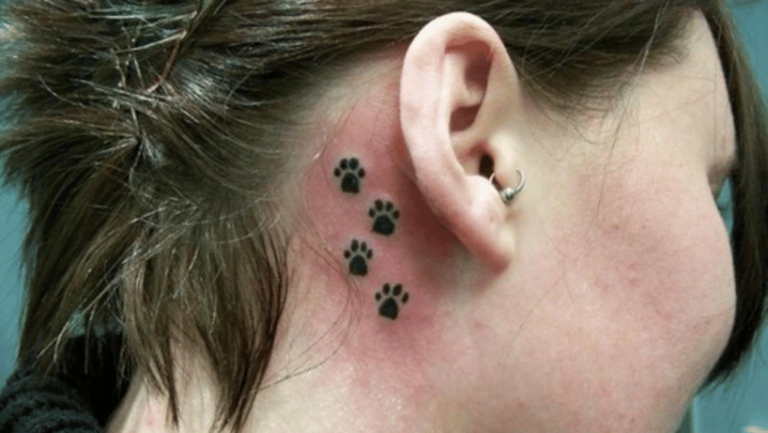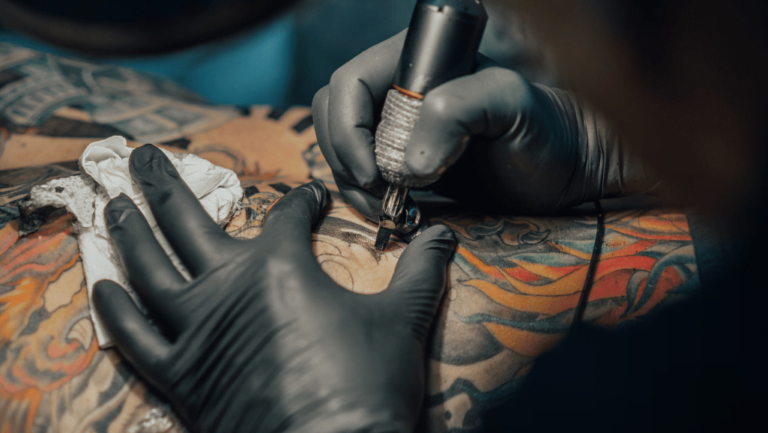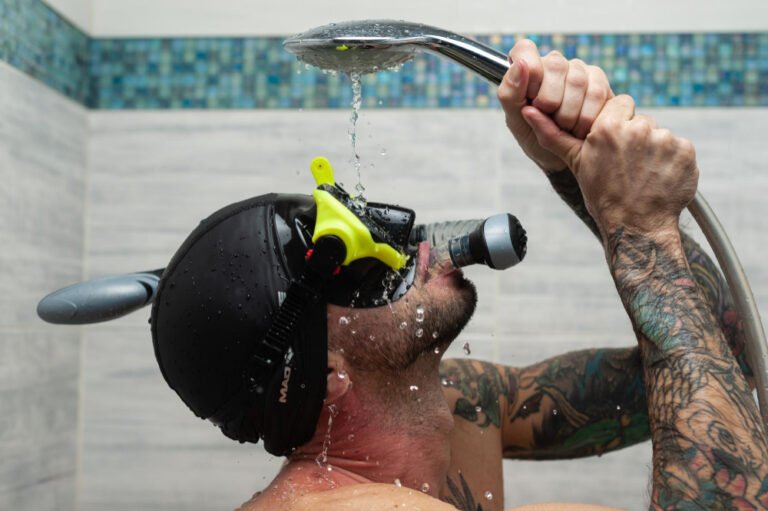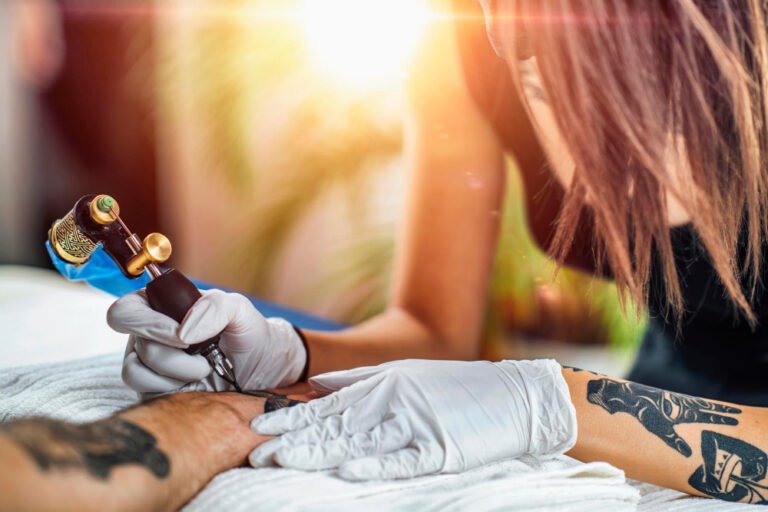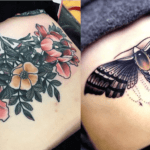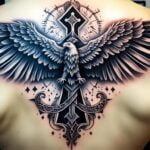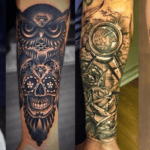Getting a tattoo can be a painful experience, and when it comes to collar bone tattoos, the pain levels can be particularly intense. The collar bone area lacks fatty tissue and is in close proximity to the bone, making it more sensitive to pain. If you’re considering getting a collar bone tattoo, it’s important to understand the potential pain involved and how it varies from person to person. Do collar bone tattoos hurt
Key Takeaways:
- Collar bone tattoos can be painful due to the lack of fatty tissue and the closeness to the bone.
- The level of pain experienced during a collar bone tattoo can vary from person to person.
- Factors such as individual pain tolerance, the artist’s skill level, and the intricacy of the design can influence pain levels.
- Other factors that influence tattoo pain include age, weight, and the type of tattoo work being done.
- Certain areas of the body, such as the ankles and shins, calves, and ribcage, are considered more painful for tattooing.
Factors that Influence Tattoo Pain
When it comes to getting a tattoo, the level of pain experienced can vary from person to person. Several factors can influence tattoo pain, including individual characteristics, the skill level of the artist, and the type of tattoo work being done.
Individual Characteristics
Age and weight are two individual characteristics that can affect the level of tattoo pain. Older individuals and those with a higher weight may experience more pain due to thinner skin. The lack of cushioning fatty tissue in these areas allows for more direct contact with the needle, resulting in a sharper sensation.
Additionally, individual pain tolerance plays a significant role. Some people may have a higher pain threshold and can tolerate the discomfort better than others. It’s important to consider your own pain tolerance level when deciding on the placement and size of your tattoo.
Artist’s Skill Level
The skill level of the tattoo artist is another crucial factor that can influence the pain experienced during a tattooing session. A more experienced artist is often able to work with a lighter touch, minimizing the discomfort for their clients. Their expertise allows them to navigate the skin more delicately and efficiently, reducing unnecessary pain.
Choosing a skilled and reputable artist is essential for both the quality of the tattoo and minimizing pain during the process. Researching and selecting an artist with a portfolio that aligns with your desired style can make a significant difference in your tattoo experience.
Type of Tattoo Work
The type of tattoo work being done can also impact the pain level. Delicate line work and fine details tend to be less painful compared to bold lines and shading. The smaller and simpler the design, the faster the process, resulting in less overall pain.
It’s important to communicate with your artist about the design you have in mind and discuss any concerns you may have regarding pain. They can provide guidance and suggestions to ensure a more comfortable tattooing experience.
Understanding the various factors that influence tattoo pain can help you make informed decisions when getting a tattoo. Consider your individual characteristics, choose a skilled artist, and discuss the type of tattoo work you want to achieve the best possible outcome while minimizing discomfort.
Factors That Influence Tattoo Pain
| Factor | Description |
|---|---|
| Individual Characteristics | Age, weight, and pain tolerance can affect tattoo pain levels. |
| Artist’s Skill Level | Experienced artists can work with a lighter touch, reducing pain. |
| Type of Tattoo Work | Delicate lines and smaller designs are generally less painful. |
The Most Painful Tattoo Spots
When it comes to getting a tattoo, some areas of the body are known to be more painful than others. According to a pain level survey conducted among tattoo artists and enthusiasts, the following spots are considered to be the most painful for tattooing:
- Ankles and shins: The thin skin and proximity to bones in these areas can intensify the pain during the tattooing process.
- Calves: The lack of padding and higher concentration of nerve endings make the calves a sensitive area for tattoos.
- Chest: The chest is a highly sensitive area with less fatty tissue, resulting in increased pain during tattooing.
- Hands and feet: With their intricate network of nerves and little cushioning, tattoos on the hands and feet can be particularly painful.
- Elbow: The skin on the elbow is thin and prone to stretching, making it a painful spot for tattoo placement.
- Ribcage: The ribs have minimal padding and are close to the skin’s surface, causing heightened pain during tattooing.
- Knees: The knees have thinner skin and less tissue, making tattoos in this area more painful.
These spots tend to have more nerve endings and less padding, which can contribute to the increased pain experienced during the tattooing process. It’s important to consider these factors when choosing the placement of your tattoo to ensure a comfortable experience.
The Least Painful Tattoo Spots
When it comes to getting a tattoo, some areas of the body are known to be less painful than others. If you’re worried about the pain factor, consider these least painful tattoo spots:
1. Upper Outer Thigh: The upper outer thigh is an ideal location for a less painful tattoo experience. The area has fewer nerve endings and more padding, resulting in reduced discomfort during the tattooing process.
2. Upper and Lower Back: The upper and lower back are popular choices for tattoos because they have thicker skin and fewer nerve endings. The extra layer of fat and muscle in these areas helps to minimize the pain associated with tattooing.
3. Sternum: The sternum, or breastbone, is another area that is considered to be less painful for tattoos. This flat bone in the center of the chest offers some padding and less sensitivity, making it a viable option for those seeking a less painful tattoo spot.
4. Shoulder: The shoulder area is known for its resilience to pain during tattoo sessions. The well-developed muscles and thicker skin in this region help to alleviate discomfort and make it a favorable spot for tattoo placement.
5. Stomach: If you’re looking for a less painful tattoo spot, the stomach area can be a good choice. The stomach has more fatty tissue and fewer nerve endings, resulting in a more comfortable tattooing experience.
6. Outer Bicep: The outer bicep is a less sensitive area with thicker skin and fewer nerve endings, making it a popular spot for less painful tattoos.
7. Forearms: The forearms are often chosen for tattoo placement due to the less intense pain experienced in this area. The presence of more muscle and less nerve sensitivity contributes to a more comfortable tattooing process.
Choose one of these spots for your next tattoo if you’re looking for a less painful experience. Remember, though, that pain tolerance can vary from person to person, so it’s essential to consult with your tattoo artist and discuss your concerns before finalizing the placement.
What You Need to Know About Collarbone Tattoos
Collarbone tattoos are a popular choice for those looking for a trendy and visually appealing tattoo. However, it’s important to have a good understanding of what to expect before getting a collarbone tattoo.
One key consideration is the level of pain. Collarbone tattoos can be particularly painful due to the lack of fatty tissue and the proximity of the bone to the skin. The collarbone is a sensitive area, and the tattooing process can cause discomfort and a stinging sensation.
Placement is another crucial factor to consider. Collarbone tattoos can be directly on the bone, under the bone, or above it, resulting in different levels of discomfort. It’s important to discuss the placement options with a tattoo artist to determine the best option for your pain tolerance.
When choosing a design for your collarbone tattoo, keep in mind that intricate and complex designs can prolong the tattooing process and increase the pain. It’s important to work closely with your tattoo artist to ensure a design that meets your aesthetic preferences while taking your pain tolerance into account.
After getting a collarbone tattoo, it’s essential to follow proper aftercare instructions to ensure proper healing. Collarbone tattoos may take longer to heal due to the tightness of the skin and movement in the area. Your tattoo artist will provide you with specific aftercare instructions to promote healing and minimize the risk of complications.
In conclusion, collarbone tattoos can be a visually stunning choice, but they come with the potential for pain during the tattooing process. Understanding the level of pain, considering placement options, choosing an appropriate design, and following proper aftercare are all key factors in ensuring a satisfactory collarbone tattoo experience.
Conclusion
Collarbone tattoos offer a bold and visually striking choice for body art enthusiasts. However, it’s important to be aware of the potential pain involved in this tattoo placement. The collarbone is generally considered to be a sensitive area for tattooing, and individuals may experience varying levels of pain during the process.
Factors such as individual pain tolerance, the skill of the artist, and the design of the tattoo can all influence the level of pain experienced during a collarbone tattoo. It’s crucial to carefully consider these factors before getting a collarbone tattoo to ensure a positive and satisfying experience.
When deciding on a collarbone tattoo, placement is a significant consideration. The tattoo can be directly on the bone, under the bone, or above it, each resulting in a different level of discomfort. It’s also important to choose a design that suits your preferences and matches the natural contours of the collarbone. Lastly, proper aftercare and attention to the healing process will help ensure that your collarbone tattoo looks its best in the long run.
Overall, collarbone tattoos can be a beautiful form of self-expression, but it’s essential to approach them with an understanding of the potential pain and considerations involved. By taking the time to carefully plan and choose the right artist, design, and aftercare, you can have a positive collarbone tattoo experience that you’ll be proud to show off.
FAQ
Do collar bone tattoos hurt more than other tattoos?
What factors influence the pain of a tattoo?
What are the most painful spots for tattoos?
What are the least painful spots for tattoos?
What should I know about collarbone tattoos?
Are collarbone tattoos a good choice?
Forhad
Forhad's writing is not just about the artistry of tattoos or the latest trends in the industry; it's an exploration of the deep-rooted connections people have with their tattoos, reflecting personal narratives, cultural histories, and moments of transformation. Through a mix of in-depth features, personal narratives, and insightful analyses, he sheds light on the multifaceted nature of tattooing, revealing the emotional and cultural layers that lie beneath the surface.

